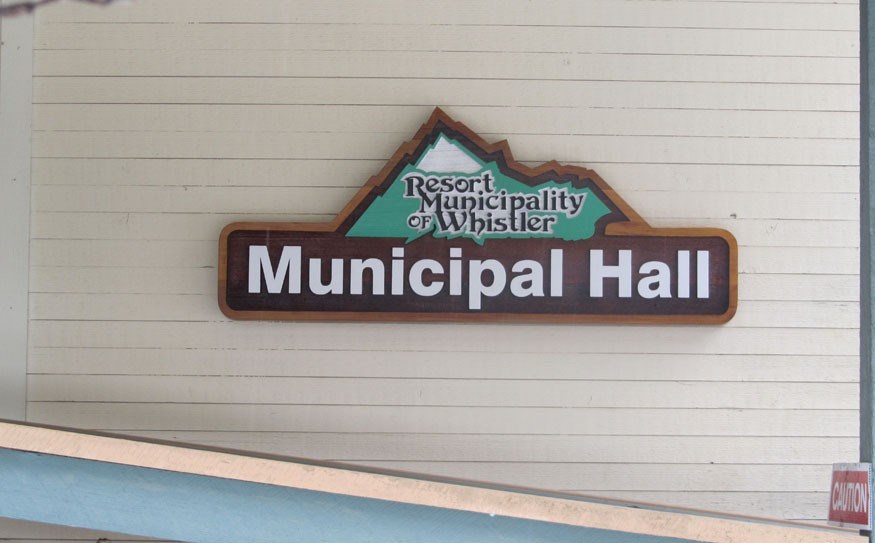When Whistler built the $5.7 million Fitzsimmons Creek debris barrier in the lead up to the 2010 Games, it was always planning to pay back its reserves for the project.
There is no such plan now.
Mayor Nancy Wilhelm-Morden confirmed this week that paying back its reserves (or savings accounts) for that project is not a priority of this council.
"...I don't know if there's any other specific actions that are being taken right now to repay those funds," she said.
Previously, the plan was to pay for the debris barrier out of pay-parking revenue, but that was when the revenues were expected to be in the $2 million range.
The day lot parking revenues in 2012 were $711,730. In fact, changes to the day lot pay parking program in 2012 removed the concept that the day lot parking revenues would be used to repay reserve funds used to pay for the debris barrier.
That means there are no plans to replace the $5.7 million.
Part of the rationale from some members of the previous council, intent on paying back the unexpected cost of the debris barrier, was that if the money didn't go back into the savings account, future projects would have to be cut.
"This could well be part of the larger discussion about the creation of the reserve policy," the mayor said.
Council has added the creation of that new policy to its work plan this term; the mayor would like to see it in place before the 2014 budgeting cycle begins.
The policy will outline the rationale for how much the municipality should be saving every year to maintain and replace its more than half a billion dollars worth of assets over time.
"Reserves are the primary source of funding for our projects," said Ken Roggeman, the municipality's director of finance, at last week's budget presentation to council.
In the past the municipality has aimed to put aside 20 per cent of its property tax revenues into savings.
"I think that has served us well," said Roggeman.
That is the target, too, for the 2013 budget. "We want to dig in behind that figure (20 per cent) so that we've got some rationale for the amounts that we're contributing," said Wilhelm-Morden.
At its low point in 2008, Whistler was putting aside 11 per cent of property tax revenue into reserves. Then the Long Term Financial Plan, developed in 2009 with input from outside experts, laid out the importance of reserve contributions in no uncertain terms.
Its states as one of its policies that: "RMOW will ensure that contributions to infrastructure replacement reserves take into account the actual, present-day cost of replacing existing works."
Following that policy, council of the day approved year-over-year tax increases from 2009 to 2011 in part to get reserve payments back up to 19 per cent. It was a decision that may ultimately have cost them their council seats.
At the time, Mayor Ken Melamed told Pique: "This is not about popularity. The role of an elected official is to do what's best for the community. What's best for the community is to keep costs as low as possible while respecting the long-term need."
Whistler has $55.6 million in total in its reserves funds. The bulk of that is the $40 million in capital reserves.
Barnfield lawsuit ongoing
Council has set aside $50,000 in the 2013 budget to pay for legal costs associated with the Barnfield resident housing litigation.
When asked for an update this week, the mayor said: "It is still ongoing litigation. I just can't be talking about it in public."
Several Barnfield homeowners in the 23-lot employee-housing neighbourhood, challenged, among other things, the municipality's price restrictions on their properties in a 2005 lawsuit, filed in the Supreme Court of B.C.
For the past seven years the two sides have been trying to work out an agreement suitable to both parties.
The $50,000 line item in the budget is for the anticipated costs in "managing resident housing arrangements" in Barnfield.




